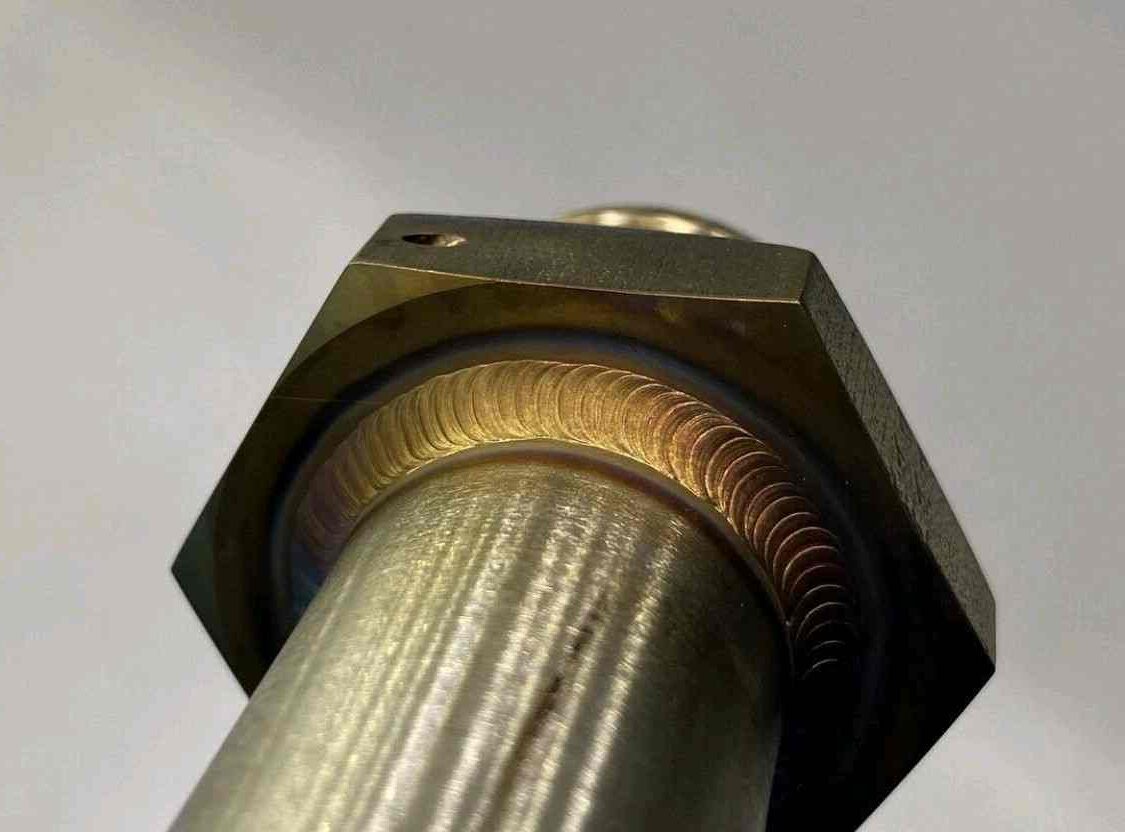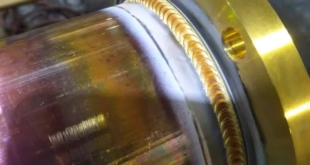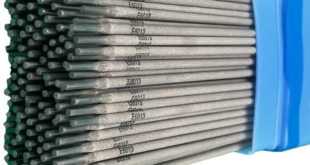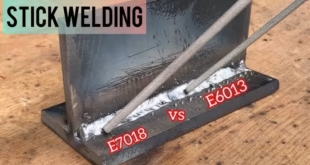What is Stainless Steel?
Stainless steel is a versatile and popular material used in various industries and applications. It is a type of alloy composed of iron, carbon, and a minimum of 10.5% chromium content by mass. This unique combination gives stainless steel its exceptional corrosion resistance and strength, making it a preferred choice in environments where durability and hygiene are crucial.
Introduction to Stainless Steel
Stainless steel is renowned for its remarkable properties, which make it suitable for an extensive range of uses. Its resistance to corrosion, heat, and staining, coupled with its low maintenance requirements, make it a preferred material in the construction, manufacturing, and food processing industries. Additionally, stainless steel is aesthetically pleasing, making it a popular choice for architectural applications and consumer products.
Types of Stainless Steel
There are numerous types of stainless steel, each offering unique attributes that cater to specific applications. Below, we explore some of the most common types of stainless steel:

Austenitic Stainless Steel
Austenitic stainless steel is the most widely used type, known for its excellent formability and corrosion resistance. It contains high levels of nickel and chromium and is non-magnetic. Common grades include 304 and 316 stainless steel, both extensively used in food processing, chemical equipment, and architectural applications.
Ferritic Stainless Steel
Ferritic stainless steel has a higher content of chromium and lower nickel compared to austenitic stainless steel. It possesses good resistance to corrosion and high-temperature scaling. This type of stainless steel is commonly found in automotive exhaust systems and heat exchangers.
Martensitic Stainless Steel
Martensitic stainless steel is known for its high strength and hardness. It contains a higher carbon content, which allows for heat treating to achieve desired mechanical properties. This type is often used in cutlery, surgical instruments, and turbine blades.
Duplex Stainless Steel
Duplex stainless steel combines the attributes of austenitic and ferritic stainless steels, offering superior strength and corrosion resistance. It is commonly used in chemical processing, marine environments, and oil and gas applications.
Precipitation-Hardening Stainless Steel
Precipitation-hardening stainless steel can be strengthened through heat treatment, resulting in improved mechanical properties. It finds applications in aerospace components, high-strength machine parts, and nuclear reactors.
Stainless Steel Welding Techniques
Welding stainless steel requires careful consideration of its unique properties to ensure strong and durable joints. Below are some common welding techniques used for stainless steel:
Tungsten Inert Gas (TIG) Welding
TIG welding is widely used for stainless steel due to its ability to produce precise and clean welds. It uses a non-consumable tungsten electrode, an inert shielding gas, and filler metal (if needed) to create strong and aesthetically pleasing welds.
Metal Inert Gas (MIG) Welding
MIG welding, also known as Gas Metal Arc Welding (GMAW), is a fast and efficient method for joining stainless steel. It employs a consumable electrode and a shielding gas to protect the weld from contamination.
Shielded Metal Arc Welding (SMAW)
SMAW, commonly known as stick welding, is suitable for thicker stainless steel sections and outdoor applications. It uses a coated electrode that provides flux to shield the molten metal during welding.
Flux-Cored Arc Welding (FCAW)
FCAW is similar to MIG welding but uses a tubular electrode filled with flux. This method offers higher deposition rates and increased efficiency, making it suitable for thicker stainless steel components.
Stainless Steel Types Weldability
The weldability of stainless steel depends on its chemical composition and microstructure. Some stainless steel types are easier to weld than others. Let’s explore the weldability of different stainless steel grades:
Excellent Weldability
Austenitic stainless steel, particularly the 300 series grades like 304 and 316, exhibit excellent weldability. They form tough and ductile welds without the need for preheating.
Good Weldability
Ferritic stainless steel also generally offers good weldability. However, it is essential to control heat input during welding to prevent cracking.
Moderate Weldability
Martensitic stainless steel falls under this category. While it can be welded, preheating and post-weld heat treatment may be necessary to reduce the risk of cracking.
Fair Weldability
Duplex stainless steel has fair weldability. Welding procedures must be carefully planned and executed to prevent precipitation of harmful phases.
Challenging Weldability
Precipitation-hardening stainless steel presents challenges in welding due to its sensitivity to heat input. Expertise and precise control of welding parameters are required.
Challenges associated with welding stainless steel
- High Thermal Conductivity: Stainless steel has high thermal conductivity, which can lead to rapid heat dissipation during welding, making it challenging to achieve uniform welds.
- Thermal Expansion: Stainless steel has a relatively high coefficient of thermal expansion, which can cause distortion and warping of the welded components if not managed properly.
- Sensitization: Certain stainless steel grades, such as 304 and 316, are susceptible to sensitization during welding, leading to the formation of chromium carbides at grain boundaries, reducing corrosion resistance.
- Intergranular Corrosion: If not properly welded or heat-treated, stainless steel can suffer from intergranular corrosion, which weakens the weld joint.
- Hot Cracking: Stainless steel is prone to hot cracking, particularly during solidification and cooling of the weld, due to its composition and microstructure.
- Contamination Sensitivity: Stainless steel is sensitive to contamination from oils, greases, and other impurities, which can lead to weld defects and reduced corrosion resistance.
- Hydrogen Embrittlement: Certain welding processes can introduce hydrogen into the weld, causing hydrogen embrittlement and reducing the mechanical properties of the joint.
- Back Purging: When welding certain stainless steel grades, back purging with an inert gas is necessary to prevent oxidation on the backside of the weld.
- Post-Weld Cleaning: Stainless steel welds require thorough post-weld cleaning to remove heat-tint and oxides that can affect the appearance and corrosion resistance of the weld.
- Selection of Filler Material: Choosing the correct filler material for welding stainless steel is crucial, as using the wrong type can lead to weld defects and reduced mechanical properties.
- Preheating and Post-Weld Heat Treatment: Some stainless steel grades require preheating before welding and post-weld heat treatment to relieve stresses and prevent cracking.
Best Filler Rods for Different Types of Stainless Steel
Selecting the appropriate filler rod is crucial for ensuring the integrity and strength of the welded joint. Let’s explore the best filler rods for various types of stainless steel:
Filler Rods for Austenitic Stainless Steel (e.g., 304, 316)
- ER308L: Suitable for welding 304 and 304L stainless steel.
- ER316L: Ideal for welding 316 and 316L stainless steel.
- ER309L: Used for joining dissimilar metals, such as stainless steel to carbon steel.
Filler Rods for Ferritic Stainless Steel
- ER430: The most commonly used filler rod for ferritic stainless steel.
Filler Rods for Martensitic Stainless Steel
- ER410: Used for welding martensitic stainless steel, such as type 410.
Filler Rods for Duplex Stainless Steel
- ER2209: Suitable for welding duplex stainless steel.
Filler Rods for Precipitation-Hardening Stainless Steel
- ER630 (17-4PH): Designed for welding precipitation-hardening stainless steel.
FAQs
Can stainless steel rust?
Yes, although stainless steel is highly resistant to corrosion, it is not entirely immune. Prolonged exposure to harsh environments or chemicals can lead to localized corrosion, commonly known as rust.
Is stainless steel safe for food contact?
Yes, stainless steel is a safe and hygienic material for food processing and storage. It does not leach harmful substances into food and is easy to clean, making it a preferred choice in the food industry.
Can all stainless steel types be welded?
While most stainless steel types can be welded, some require special considerations and techniques due to their specific composition and properties.
How can I prevent weld discoloration on stainless steel?
To prevent weld discoloration on stainless steel, use proper welding techniques, such as using low heat input, ensuring clean and contamination-free materials, and using suitable shielding gases.
What is the difference between 304 and 316 stainless steel?
Both 304 and 316 stainless steel are austenitic grades with high corrosion resistance. However, 316 stainless steel contains additional molybdenum, making it more resistant to chloride-induced pitting and corrosion.
Can stainless steel be used in marine environments?
Yes, stainless steel, particularly grades like 316, is widely used in marine environments due to its exceptional corrosion resistance against seawater and salt spray.
Conclusion
Stainless steel is a remarkable material with a wide range of applications, from construction and manufacturing to food processing and architecture. Understanding the different types of stainless steel, their weldability, and the appropriate filler rods for welding is essential for achieving strong and durable joints. By choosing the right welding techniques and filler rods, professionals can harness the full potential of stainless steel and ensure its continued contribution to various industries.
 Welding of Welders All about Welding and Welders
Welding of Welders All about Welding and Welders



